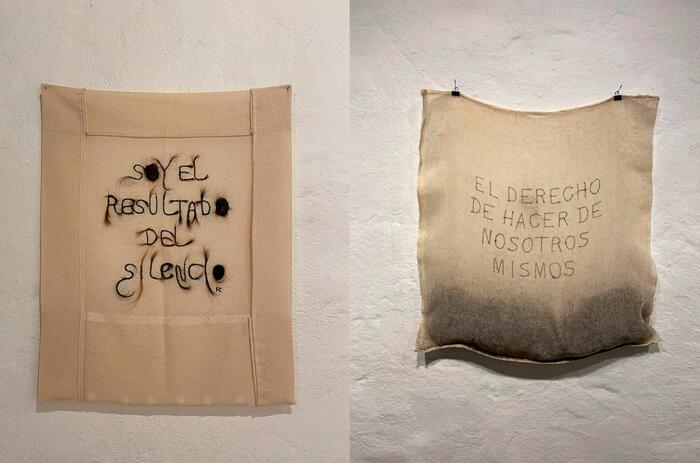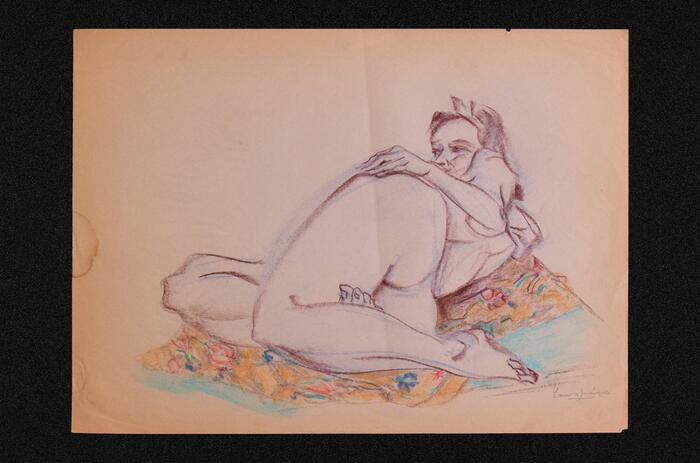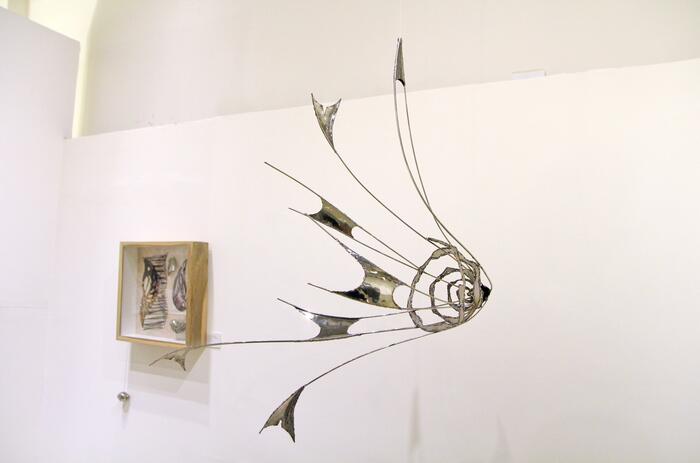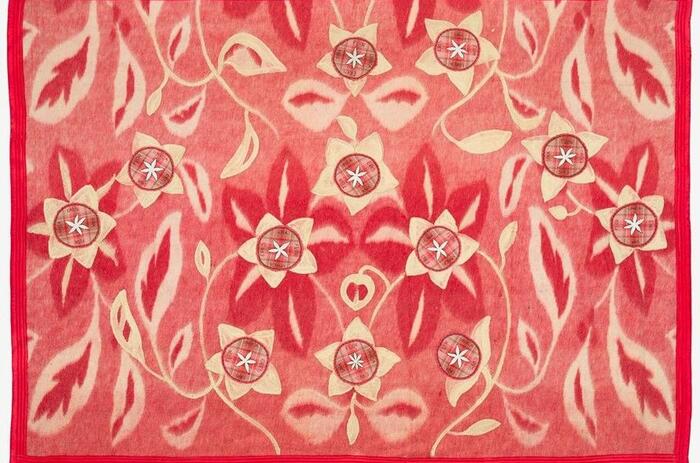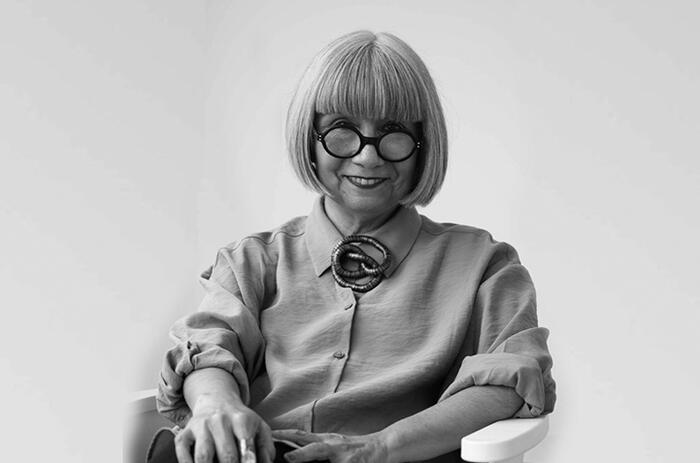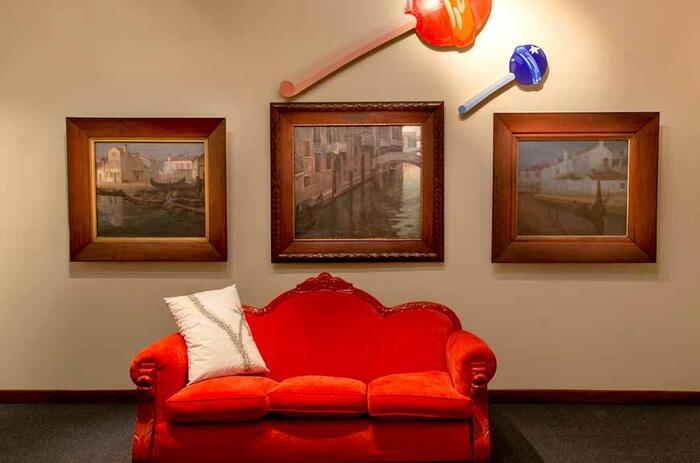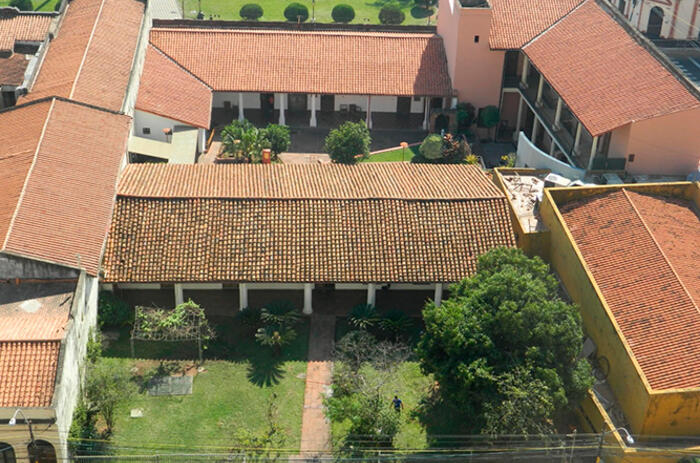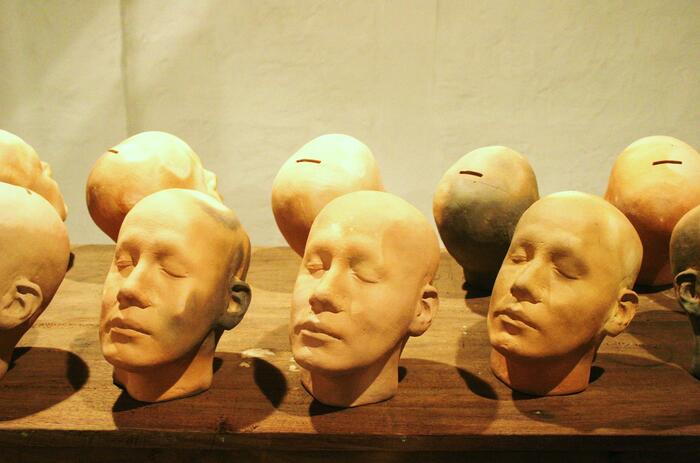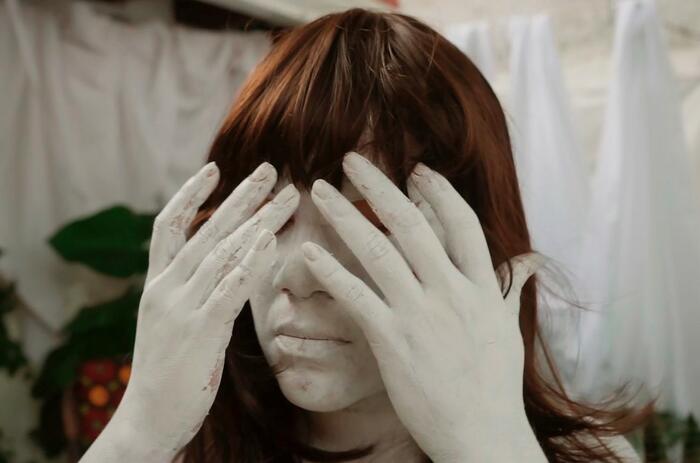THE ISHIR SKY. COSMOGONIC TALES OF THE PARAGUAYAN CHACO
Curated by art critic Adriana Almada, the exhibition El Cielo Ishir. Cosmogonic tales of the Paraguayan Chaco, brings together works by the late indigenous artist Ogwa and contemporaries Joaquin Sanchez and Fernando Allen.
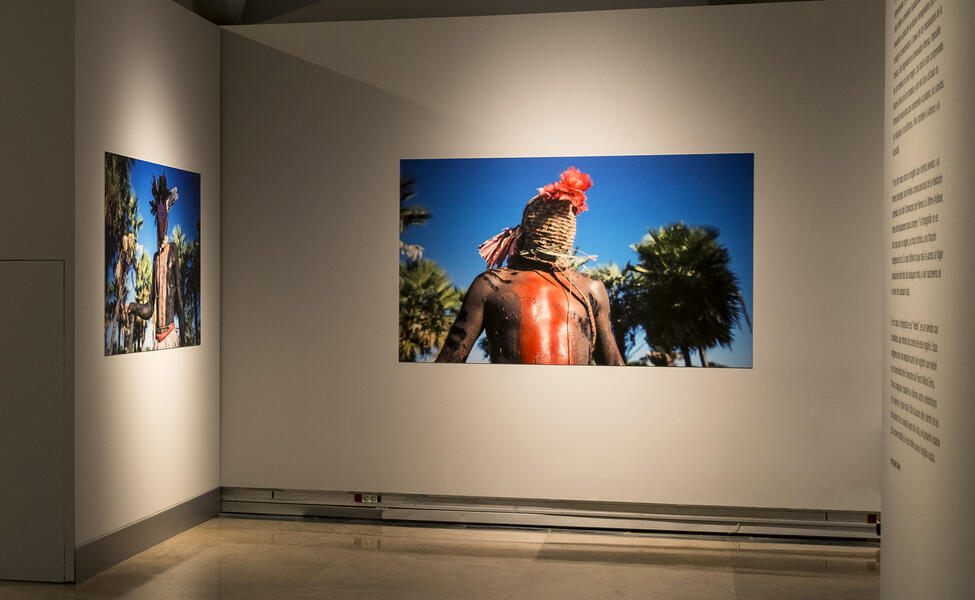
The exhibition, organized by the Embassy of Paraguay in Spain in coordination with the Museum of America, will be open until October 15, during which time guided tours and other complementary activities will be held to allow the public to get a closer look at the Ishir history and culture, as well as the two artistic proposals that accompany Ogwa's pieces. These last ones come from the collection created by the diplomat Ignacio García-Valdecasas when he was Spain's ambassador to Paraguay in the 1990s, and were specially assigned for the exhibition.
The Ishir population inhabits the northeastern region of Paraguay and is located from Bahía Negra to Puerto La Esperanza, in the Chaco. Its members, formerly called Chamacoco, call themselves Ishir, a term that refers to the notion of person, encompassing the group of individuals who share this culture. They belong to the Zamuco linguistic family.
Towards the end of the 19th and beginning of the 20th century, two European explorers, Guido Boggiani, Italian photographer and artist, and Alberto Vojtech Fríc, Czech botanist, interested in collecting ethnographic data in South America, left the first testimonies about the Ishir people in images and texts, as well as the first known objects of their culture.
The exhibition curated by Almada at the Museum of America is based on the visual and discursive stories of Ogwa, whom the whites, in the mid-20th century, called Flores Balbuena. Born in the 1930s and died in 2008, he found in drawing, and later in painting, a way to access the Ishir symbolic universe, especially its ritual mythical core, which he ended up transmitting first to researchers and then to the general public.
"Although it is difficult to apply the Western category of 'art' to an indigenous activity, since in his culture this sphere is no different from everyday life, Ogwa's particular sensitivity to reconstruct what he has seen and heard among his elders, as well as his great expressiveness when narrating the founding stories of his community, are evidence of a deep aesthetic vocation. Their drawings form a flexible memory device that freely renews the dose of fiction that characterizes the myth. With them, two contemporary Paraguayan artists enter into a dialogue, who, from different coordinates, address in their work the historical and cultural tensions that cross the Paraguayan Chaco," says the curator.
"Fernando Allen has been investigating for more than a decade the complex relationships that emerge from indigenous rituals, and he does so from a position that privileges human contact over any theoretical consideration or specialized approach. He refutes the documentary in his approach to the communities and constructs "the real" from images of the Ishir ceremony, the one that reinstates the cosmic order and mythically ensures survival, as well as a video-art piece that captures flashes of a beauty as terrible as it is elusive," he adds.
Finally, Adriana Almada explains that "Joaquín Sánchez, who has defined the Chaco as 'the world of my worlds', is affectionately linked to it by the stories of his soldier grandfather and has developed a body of work in which the Chaco and the war that Paraguay and Bolivia fought over this territory between 1932 and 1935 have always been present. In his installation he includes the indigenous Ishir component with the figure of the mythical 'Captain Pinturas', supposed ancestor of Ogwa, to activate relations between landscape, history and ritual".



